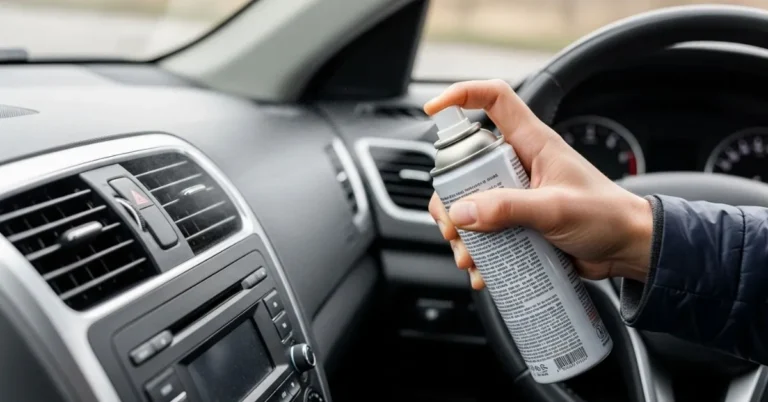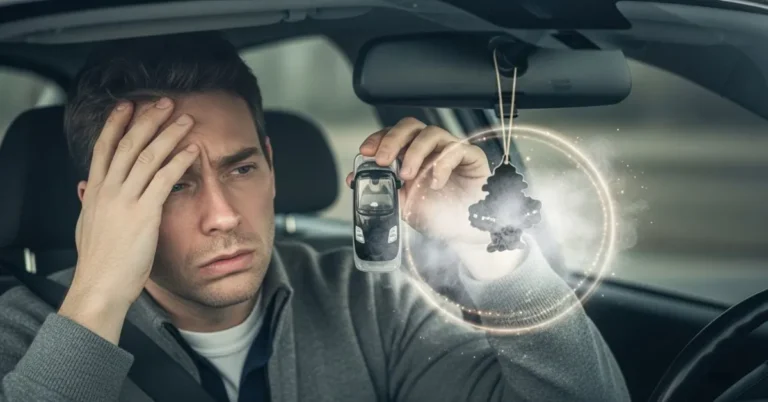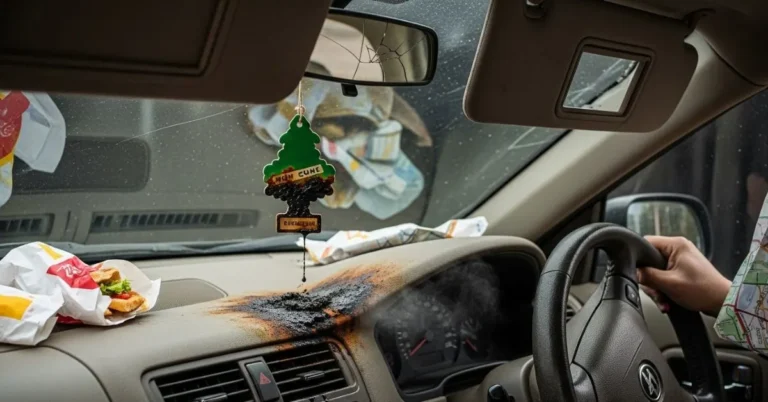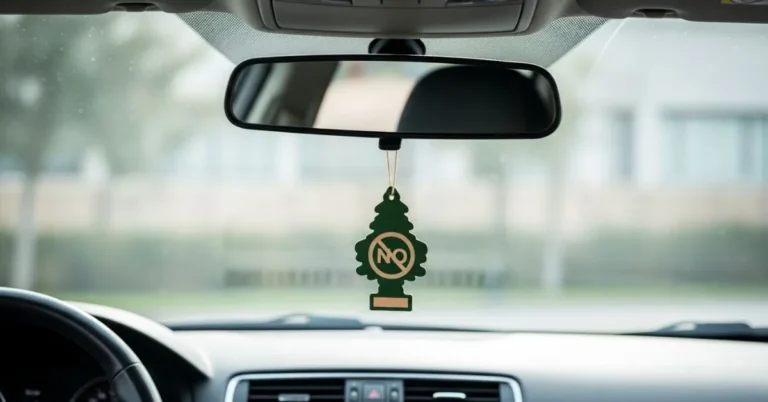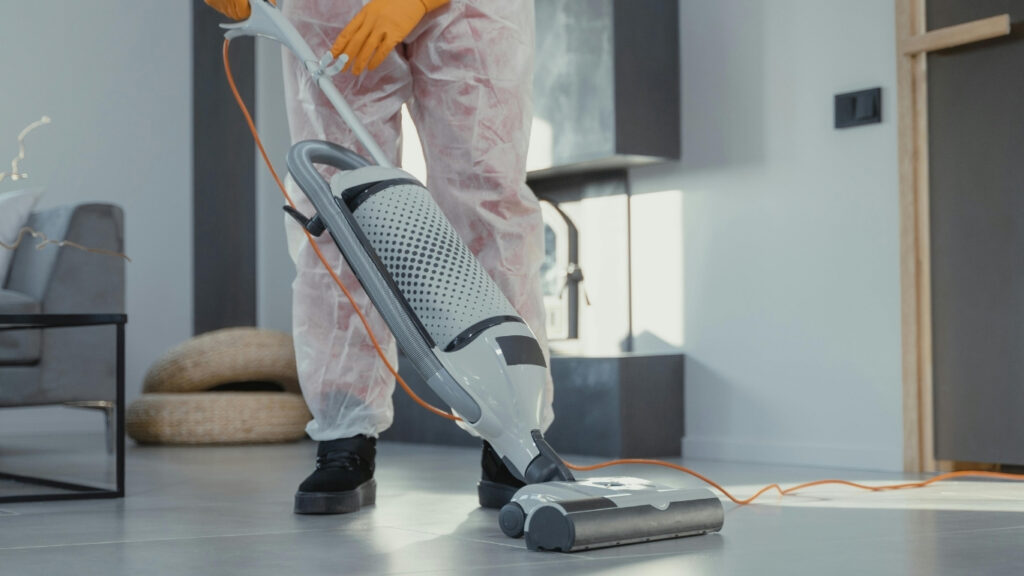
How to use a vacuum brake bleeder might sound like something reserved for pro mechanics, but trust me, if you’ve ever dealt with a spongy brake pedal and a bit too much DIY confidence, it’s a skill you’ll want in your garage arsenal.
It all started with a soft pedal and too much pride. I’d just swapped out my front pads, patting myself like a champ. But the brakes? Still mushy. It turns out that the air in the lines was the real culprit. And that’s when I met my new best friend the vacuum brake bleeder.
If you’re a DIY car owner, weekend wrench-turner, or someone who doesn’t trust the local shop to baby your ride, mastering this tool is a rite of passage. No more begging your buddy to sit in the driver’s seat while you shout, “Pump hold!” from under the chassis.
This tool gives you complete control and honestly, it’s a game changer.
Let’s break it down step-by-step so you can bleed your brakes like a pro no helper required.
Contents
- 1 What Exactly Is a Vacuum Brake Bleeder?
- 1.1 Supplies You’ll Need Before You Start
- 1.2 How Does a Vacuum Brake Bleeder Work?
- 1.3 Step-by-Step: How to Use a Vacuum Brake Bleeder
- 1.4 Post-Bleed Cleanup & Test
- 1.5 Beginner Tips for Better Bleeding
- 1.6 Recommended Informational Tools & Kits
- 1.7 Best Vacuum Brake Bleeder Kits:
- 1.8 Helpful Add-Ons:
- 1.9 Sustainability Note: Be a Green Grease Monkey
- 1.10 Frequently Asked Questions (FAQs)
- 1.11 Expert Thoughts: You’ve Got This, Driver
- 1.12 About the Author
What Exactly Is a Vacuum Brake Bleeder?
A vacuum brake bleeder is a device that uses suction to extract air bubbles and old brake fluid from your vehicle’s brake lines, ensuring a smooth and responsive braking system. It attaches to your bleeder valve and pulls fluid out while you manage everything from the driver’s side of the engine bay. Think of it as a one-person orchestra conductor for your car’s brake system.
Why You’ll Want One:
- Solo-friendly: You don’t need a second person to press the brake pedal.
- Precise and clean: Less messy than traditional methods.
- Beginner-approved: No fancy mechanic skills required.
- Affordable: Quality kits can cost as little as $25–$60.
Supplies You’ll Need Before You Start
Before we dive into the step-by-step guide on how to use a vacuum brake bleeder, gather your tools like a responsible grease warrior:
The Essentials:
- Vacuum brake bleeder kit (manual pump or pneumatic)
- DOT-rated brake fluid (check your car manual)
- Wrench or spanner to loosen the bleeder valves
- Clear tubing and a catch container (often included in the kit)
- Brake cleaner (optional but handy)
- Jack and jack stands (for better wheel access)
- Protective gloves & goggles (safety first)
- Old rags or towels (brake fluid is the villain of paint jobs)
How Does a Vacuum Brake Bleeder Work?
I’m glad you asked! Most cars use a hydraulic brake system, where fluid transfers force from the brake pedal to the calipers. When air sneaks into the lines (after a pad swap or fluid change), it compresses, causing that dreaded soft pedal feel.
A vacuum brake bleeder uses negative pressure to pull this air and the old fluid out through each brake caliper. Unlike the traditional pump-and-hold method, it’s cleaner, quicker, and puts you in complete control.
Step-by-Step: How to Use a Vacuum Brake Bleeder
You’re ready. Let’s go step-by-step on how to use a vacuum brake bleeder, beginner-style:
1: Park, Pop, and Prep
- Park on a level surface.
- Engage the parking brake.
- Lift the hood and track down the brake fluid reservoir typically a clear, plastic container perched near the driver’s side firewall, waiting patiently for your attention.
- Clean the reservoir cap before removing it (no dirt allowed inside!).
- Top off fluid if needed this prevents air from re-entering the system.
2: Lift the Car (Optional)
- Use your jack and jack stands to lift the vehicle.
- Some vehicles allow access without removing wheels, but it’s easier with them off.
Read More: How to Wash a Car Without a Water Hose in 5 Simple Steps
3: Connect the Vacuum Bleeder
- Locate the bleeder valve (usually on the back of each caliper).
- Place the correct-size wrench on the valve.
- Connect the vacuum pump’s hose to the valve nozzle.
- Ensure the other end of the hose leads to the catch bottle or reservoir.
4: Build the Vacuum
- Begin pumping the vacuum tool to create negative pressure.
- Watch the pressure gauge (if available) reach the target level.
- With the vacuum established, slowly crack open the bleeder valve.
5: Watch the Magic
- Fluid will start flowing along with any air bubbles.
- Monitor the hose until you see clear, bubble-free brake fluid.
- Tighten the bleeder valve while the vacuum is still pulling.
- Move to the next wheel!
6: Follow the Bleed Order
Follow this typical sequence unless your vehicle manual says otherwise:
- Right Rear (farthest from the master cylinder)
- Left Rear
- Right Front
- Left Front
Repeat the bleed process at each wheel. Refill the brake fluid reservoir between each wheel to avoid sucking air back into the system.
Post-Bleed Cleanup & Test
You’re almost done. Here’s your final checklist:
- Tighten all bleeder screws completely.
- Top off the master cylinder fluid to the “MAX” line.
- Press the brake pedal a few times it should feel firm.
- Inspect all calipers and lines for leaks.
- Wipe down any brake fluid drips immediately.
- Dispose of old fluid properly (check with your local auto store or waste facility).
Beginner Tips for Better Bleeding
If it’s your first time learning how to use a vacuum brake bleeder, these little pointers can save the day:
- Replace fluid every 2–3 years to maintain brake health.
- Pump the vacuum before opening the bleeder valve always!
- Use a clear hose so you can easily spot air bubbles.
- Never let the master cylinder run dry keep topping it off.
- Use Teflon tape on bleeder threads to prevent air leakage if needed.
Recommended Informational Tools & Kits
Looking for the right tools to get started? These beginner-friendly, budget-conscious options have solid reputations:
Best Vacuum Brake Bleeder Kits:
- Mityvac MV8000 – Trusted classic with a manual vacuum pump and gauge.
- OEMTOOLS One-Man Bleeder Kit – Great for quick jobs and tight budgets.
- ARES 70923 Pneumatic Kit – This is for air compressor owners who want power bleeding done fast.
Helpful Add-Ons:
- DOT 3/4 Brake Fluid – Use only manufacturer-recommended types.
- Catch Bottles with Hooks – Keeps your hands free and your garage cleaner.
- Brake Bleeder Wrenches – Angled tools make tight spaces easier to reach.
These aren’t affiliate links; they are just gear worth knowing about. But feel free to link to your favorite shop or Amazon recommendations in your version!
Sustainability Note: Be a Green Grease Monkey
Brake fluid is toxic to plants, animals, and groundwater. Always:
- Use a sealed container for disposal.
- Take old fluid to your local auto shop or hazardous waste center.
- Wipe spills immediately don’t hose them down into storm drains.
Bonus points for using biodegradable, non-toxic brake fluids where compatible!
Read More: How to Wash a Car with Ceramic Coating: Step-by-Step Guide
Frequently Asked Questions (FAQs)
1. How often should I bleed my brakes?
Every 2–3 years, or anytime you replace pads or open the brake system. If your pedal feels soft or your fluid looks dark, it’s time.
2. Can I use a vacuum bleeder on ABS brakes?
Yes, but it’s best to consult your manual. Some ABS systems require special procedures or scanning tools to cycle the valves.
3. Why is no fluid coming out of the bleeder?
Check for:
- A clogged valve
- A loose vacuum connection
- A dry reservoir
- Sometimes, tapping the caliper with a rubber mallet helps loosen air bubbles, too.
4. What brake fluid should I use?
Always use the DOT type listed in your owner’s manual. Using the wrong kind can damage seals and reduce performance.
5. Is a vacuum brake bleeder better than gravity bleeding?
For solo work absolutely. It’s faster and more efficient; you can see exactly what’s coming out.
Expert Thoughts: You’ve Got This, Driver
Learning how to use a vacuum brake bleeder might feel intimidating at first but trust me, it’s one of the most empowering skills in your DIY arsenal. You’ll:
- Save on shop fees
- Gain confidence
- Extend the life of your braking system
- And avoid awkward “can you pump the brake pedal” favors
Best of all? You’re keeping your car safer on the road and that’s worth every drop of brake fluid.
So next time your pedal goes soft, don’t panic. Grab your vacuum bleeder, channel your inner mechanic, and bleed those brakes like a boss.

